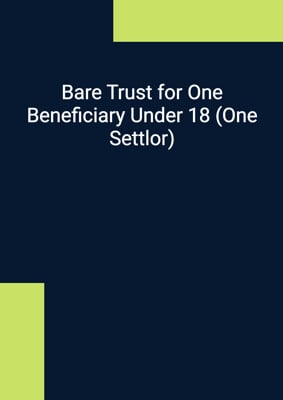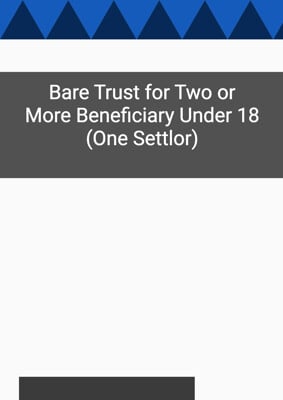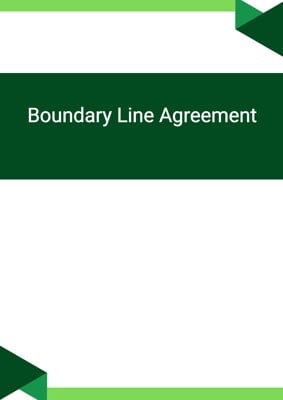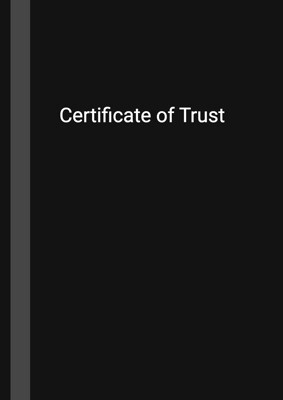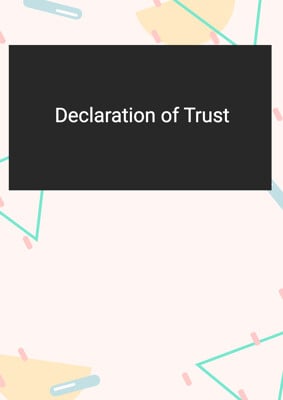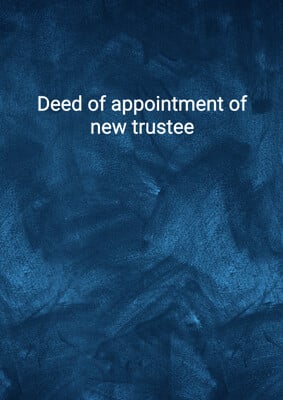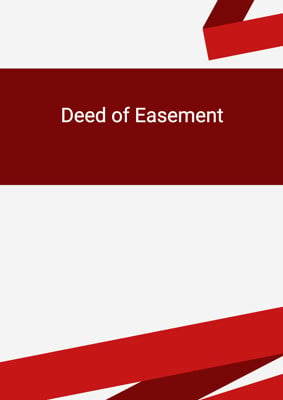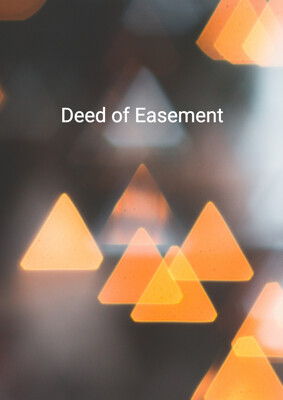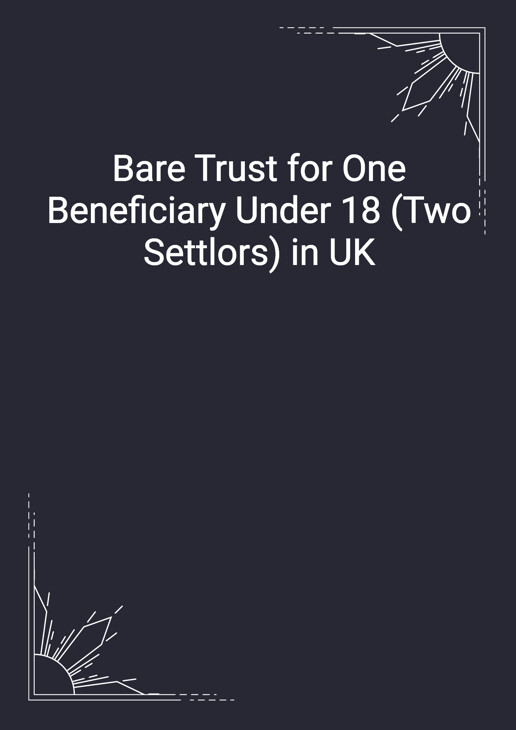
Bare Trust for One Beneficiary Under 18 (Two Settlors) in UK
Property
This is a declaration made by an individual that they will hold and manage a property on the behalf of the beneficiary under a trust. This declaration includes the restrictions on the trustee and the applications that must be submitted to the Registry.
How to Tailor the Document for Your Need?
01
Create Document
Fill in the details of the parties. You can click the "Fill with Member’s Information" button to complete it with information saved to your account.
02
Fill Information
Please fill in any additional information by following the step-by-step guide on the left hand side of the preview document and click the "Next" button.
03
Get Document
When you are done, click the "Get Document" button and you can download the document in Word or PDF format.
04
Review Document
The document should be signed by the authorised signatory (or directors of a company) and witnessed to complete the formality.
Document Preview
Document Description
his document is a Bare Trust Deed, a legal agreement establishing a trust arrangement where assets are held by trustees on behalf of a beneficiary, with minimal trustee involvement in managing the assets. In this type of trust, the trustees are not responsible for managing or distributing the assets according to their discretion, but instead must hold and transfer the assets to the beneficiary when certain conditions are met.
The Bare Trust means that the beneficiary has an absolute right to both the income and the capital of the trust, typically once they reach a specified age, such as 18. The Trust Fund consists of an initial sum paid to the trust, which the trustees manage with broad powers regarding investment, insurance, and even borrowing, all while ensuring that the beneficiary ultimately receives the trust assets.
This type of trust is commonly used in situations where a settlor wants to gift assets to a minor or someone who may not be able to manage those assets until they reach a certain age. It provides a simple structure for transferring wealth, as it avoids complex management of the assets by the trustees, instead granting them the authority to administer the trust straightforwardly for the benefit of the beneficiary.
The trust document outlines key provisions such as the powers of the trustees, how the trust funds should be handled, and the legal jurisdiction under which the trust is governed. It also addresses administrative matters like the appointment of new trustees, investment powers, and how the assets may be used or transferred. This deed is needed when a settlor wants to establish a straightforward trust without imposing complex duties on the trustees but still ensuring the beneficiary will receive the assets once they meet the required conditions.
How to use this document?
1. Ensure Correct Identification of Parties: Before executing the deed, verify that all parties—such as the settlor(s), trustees, and beneficiary—are correctly identified. The names, addresses, and roles of each party must be accurate, as the trust is only valid when the correct individuals are named in the document.
2. Understand Trustee Powers and Limitations: Carefully review the powers granted to the trustees under the deed. Trustees are given significant authority to manage, invest, and even borrow against the trust fund. However, these powers should be used responsibly, in line with the best interests of the beneficiary. The deed also specifies certain legal sections that do not apply to this trust (such as sections of the Trustee Act 1925), so it’s crucial to understand these exclusions.
3. Adhere to Trust Terms for Beneficiary's Benefit: The primary purpose of this trust is to benefit the named beneficiary, typically a minor or individual unable to manage their assets. Trustees must ensure that the income and capital of the trust are either paid to or used for the benefit of the beneficiary as specified in the deed. When the beneficiary reaches the stipulated age (e.g., 18), the assets should be transferred to them in full.
Not the right document?
Don’t worry, we have thousands of documents for you to choose from:
